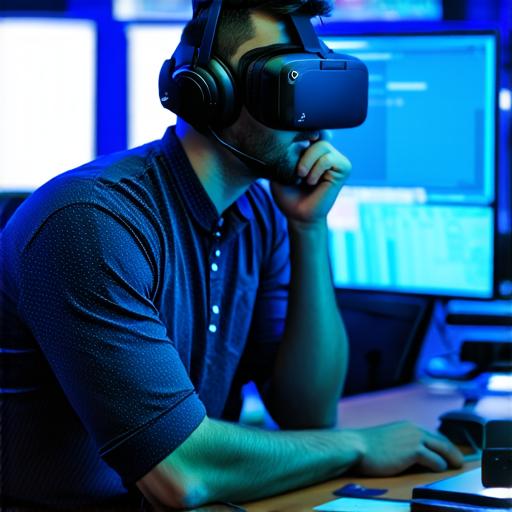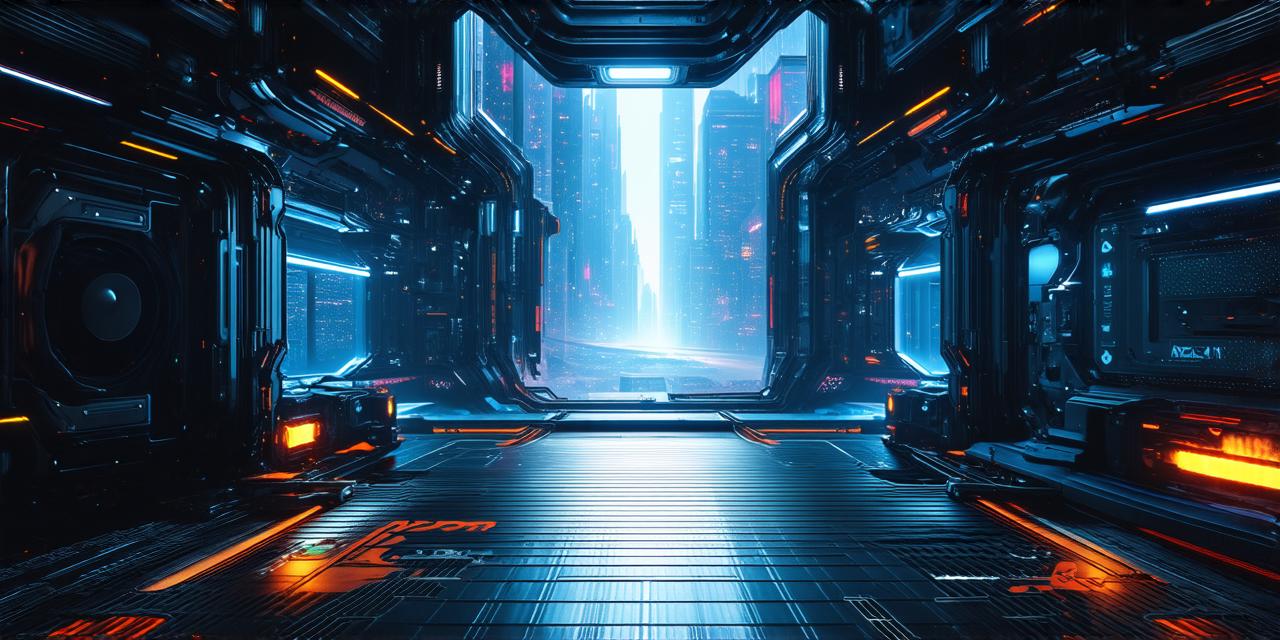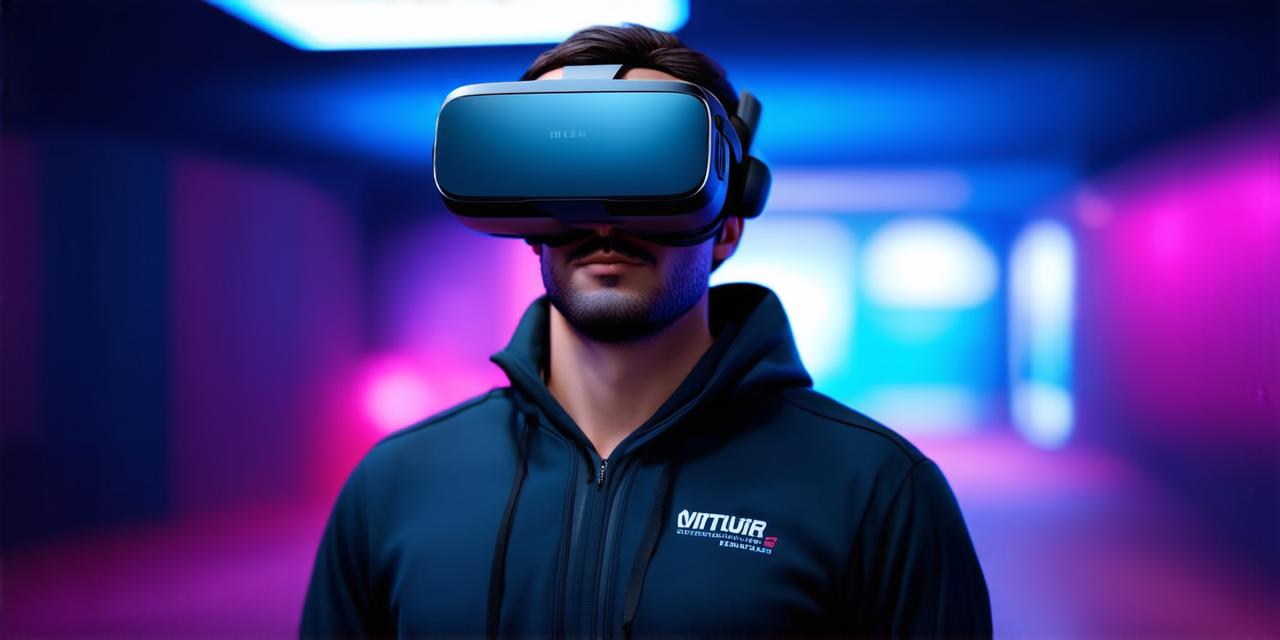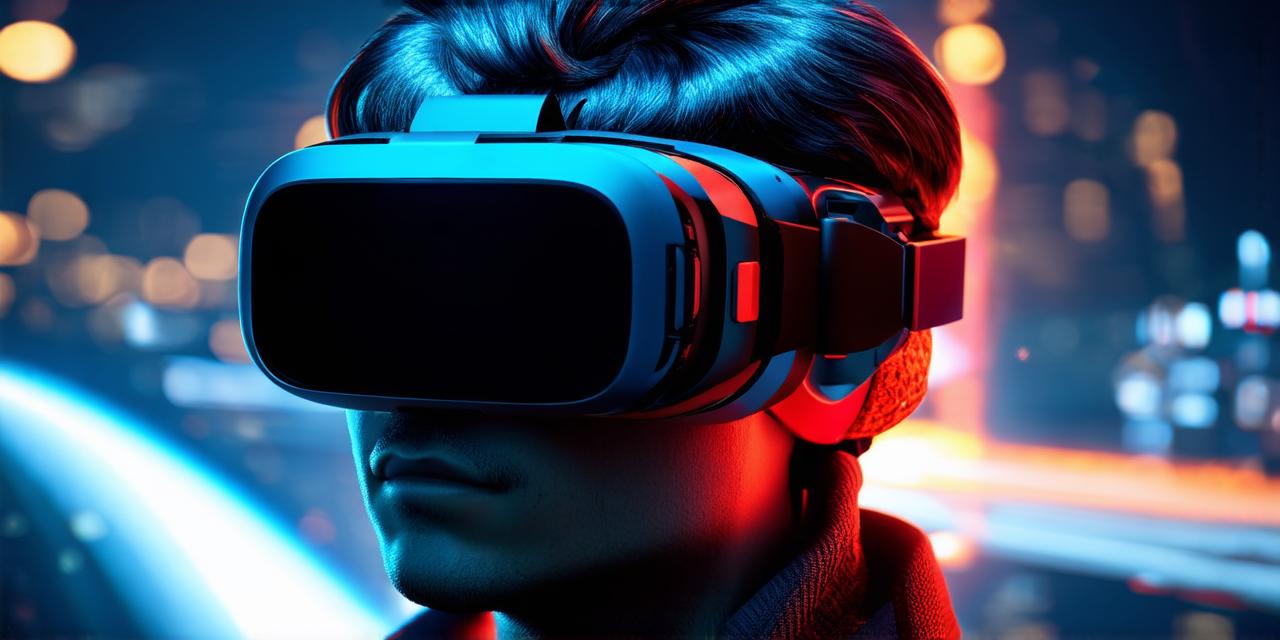Virtual reality (VR) software is a computer program that creates an immersive digital environment for users to interact with in a simulated manner. In this article, we will explore how VR software functions and the different components that make it possible.
1. Hardware Requirements
Virtual reality software requires specific hardware components to function properly. These include:
- A computer or gaming console
- A graphics processing unit (GPU)
- A VR headset
- Sensors and controllers

The VR headset tracks the user’s movements and position, while sensors and controllers allow users to interact with virtual objects in the simulated environment.
2. Software Components
Virtual reality software is made up of several components that work together to create an immersive experience. These include:
- 3D modeling and rendering software
- Motion capture technology
- Game engines or application programming interfaces (APIs)
3D modeling and rendering software are used to create the virtual environment and objects that users will interact with. Motion capture technology is used to track the user’s movements and translate them into virtual reality input, such as walking, running, or pointing a handheld controller. Game engines or APIs provide the framework for the software and allow developers to add their own features and functionality.
3. User Experience
When using VR software, the user’s perception of the simulated environment is enhanced through various techniques such as sound design, haptic feedback, and motion sickness prevention.
Sound design is used to create an immersive audio experience that enhances the user’s sense of presence in the virtual world. Haptic feedback is a technology that provides tactile sensations, such as vibration or resistance, to simulate physical interactions with objects in the virtual environment. Motion sickness prevention techniques, such as adjusting the field of view or adding visual cues, can help mitigate the negative effects of motion sickness when using VR software.
In conclusion, virtual reality software functions by leveraging specific hardware components and software components to create an immersive digital environment that users can interact with in a simulated manner. The user experience is enhanced through various techniques such as sound design, haptic feedback, and motion sickness prevention. As VR technology continues to evolve, we can expect new advancements in both hardware and software that will further enhance the virtual reality experience.



